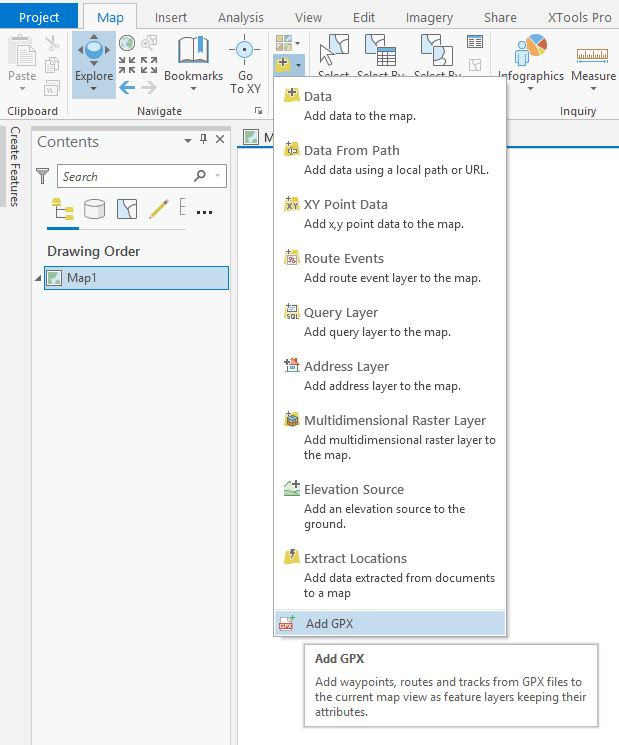

gpx, should you have used a separate GPS logger. Set the same -datetimeoriginal for all photos (using first GPS time).Įxiftool -ext jpg -geotag VIDEO_7152.gpx FRAMES/Įxiftool loads the GPS track log file, and matches the GPS position time with the time of the image to determine and tag its location.Įxiftool also supports the following telemetry track formats in addition to. First set all images to the same date/time You can use exiftool to do this pragmatically in two steps ( as I discovered thanks to this answer on the exiftool forum) 3.1. Don’t forget to count from 0 (0s to 16s = 17s). Using 2020:04:13 15:37:22.444 as the video start data time, you know (given frames extracted 1 second apart using -r 1) that all following frames increment by +1 second. Using this logic, you know img0001.jpg, the first frame, was captured within +/-1 second of 2020:04:13 15:37:22.444 because the SampleTime = 0 s and SampleDuration = 1.00 s. Therefore, be careful not to use the CreateDate before being absolutely sure it’s correct.

The GPSDateTime is the time I actually shot the video. The GPS shows two days previous to the CreateDate. GPSMeasureMode : 3-Dimensional Measurement Accelerometer : (Binary data 10227 bytes, use -b option to extract)


 0 kommentar(er)
0 kommentar(er)
